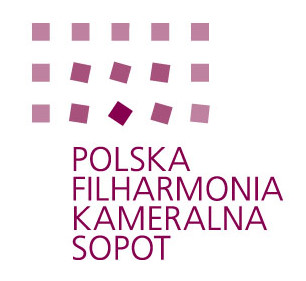
Welcome to
Villa Ozone
of Sopot
ROOMS & APARTMENTS

Single Room in the Attic

Double room

Double room with terrace

Premium Double Room with Balcony

Triple studio in the attic

Quadruple studio in the attic
reviews
Fine feathers make fine birds ...
Enjoyable stay
Clean and well-maintained property, comfortable beds, kettle in the room, coffee and tea provided. Friendly reception staff allowed us to leave our luggage before and after check-out. Great location. I would happily return.
Katarzyna
Perfect location
Great location that truly allows for relaxation. The hotel is situated on the main street in Sopot—just a 5-minute walk and you’re at the promenade! A perfect spot for couples.
Marta
Friendly service
Rich, tasty breakfasts, a clean room with a bathroom, modern amenities, and an excellent location—close to the main promenade and pier. The hotel staff were very helpful and friendly. We will definitely return! :)
Maciej
$nbsp
Excellent location -
in the center
of Sopot
"Villa Ozone is located in the heart of the picturesque Tri-City, in Sopot, famous for having the longest wooden pier in Europe..."

- Spa
- Monitored parking
- Internet in room
- Pets accepted
- City






